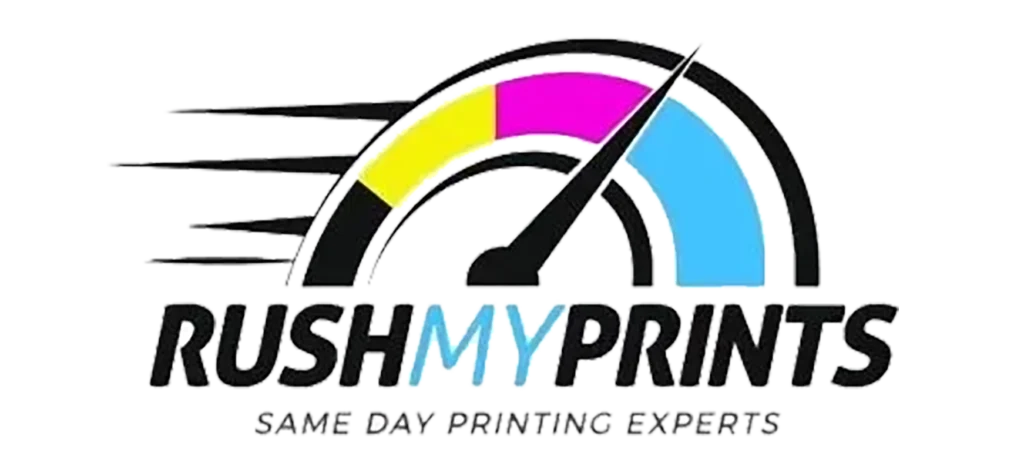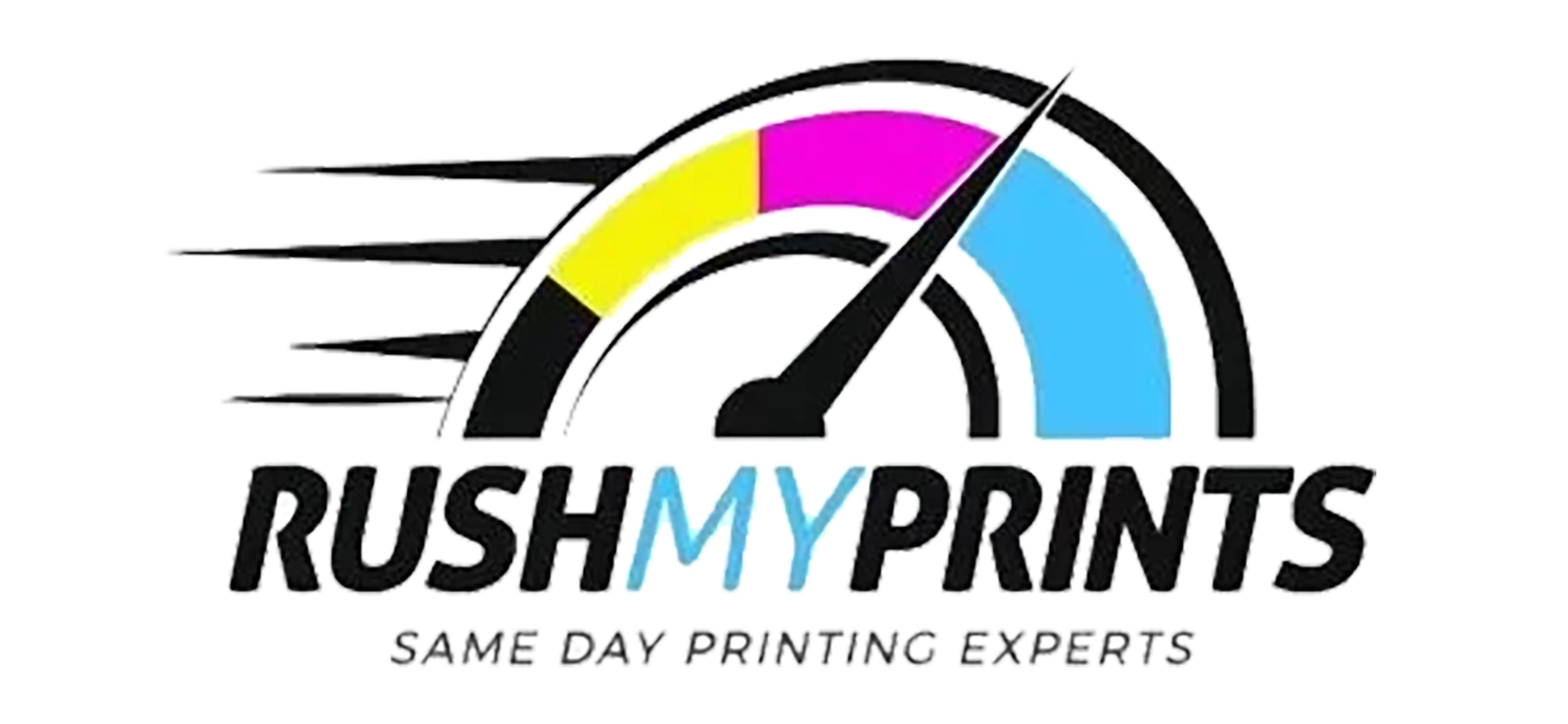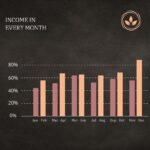A Top Annual Reports Service can be quite the cherry on the cake at the end of the year for a business.
An annual report is a financial and managerial document which is published by many corporations and other organizations to provide information on the activities of the entity, including its income and expenditure for the previous year.
The word ‘annual’ in this context means ‘for a full year’. Annual reports often include:
-A letter from the CEO or president, who talks about what’s been done over the past year and sets out what he or she sees as key challenges for the future.
-A summary of business performance against targets set out in corporate strategy, such as revenue growth, market share, product launches.
-Financial statements that show profit before interest and tax (PBIT) for each financial period, plus earnings per share.
Content for your annual report prints
In order to produce a great annual report, here are the core topics and strategies you must understand and take to the print shop with you:
- How to create an annual report for your business?
- What information should be included in an annual report?
- The benefits of creating and publishing an annual report
- How to use your annual report to improve your business

-A summary of business performance against targets set out in corporate strategy, such as revenue growth, market share, product launches.
– Financial statements that show profit before interest and tax (PBIT) for each financial period, plus earnings per share.
How to create an annual report for your business?
In order to create an annual report for your business, you need the following information:
– The reporting structure (business reporting structure such as parent, subsidiary and branch).
– Financial data (financial statements such as income statement, balance sheet and cash flow)
Financial Statements:
In order to produce a great annual report financial statements are divided into three categories: Income Statement, Balance Sheet and Cash Flow.
The first step of reporting is to turn your accounting information into financial reports that you can present in the annual report.
Your accountant should be able to provide this for you – or if not, an online tool like Xero can convert your transactional data into engaging reports that tell the story of your business’ performance over time.
What information should be included in an annual report?
Make sure to include at a minimum, the following information in an annual report:
– A statement of financial performance (income statement)
– A balance sheet showing the assets, liabilities and owners’ equity for a specific date
– A cash flow statement that shows cash flows from operating, investing and financing activities including beginning and ending balances.
The benefits of creating and publishing an annual report
There are many benefits in creating and publishing an annual report:
– Helps you identify your strengths with basic analytics: reviewing past trends or benchmarks to set future targets.
It allows you to communicate these results in a way that is both authentic and impactful.
– Consistent messaging across all customer touch points provides a brand storybook with consistent themes for each audience throughout the year.
This helps employees and customers gain clarity on your mission.
– Ability to communicate your company’s value proposition, differentiate yourself from competitors and highlight your organization’s competitive advantage.
How to use your annual report to improve your business:
Annual reports should be used as a platform for change within the company. If you can show that you are responsive to shareholder needs then this will greatly impact their likelihood of supporting you in future projects or initiatives.
Being able to show what updates have been made based upon feedback from stakeholders is a great way of showing how well the company listens and responds to its audience.
Your next steps could include: publishing an annual report template, creating a narrative around the stories contained within it, communicating with shareholders both internal and external as well as distributing the report for feedback and to all shareholders.
The first step is creating a narrative:
-When writing your annual report, it can be helpful to think of your audience and what specific information they would like to see in the annual report.
For example, if the company’s values are safety and integrity, then these two concepts should appear throughout the annual report.
Ensure that you clearly communicate your mission statement so that employees and shareholders know exactly where you stand as a company.
-Make sure that any policies referred to within the annual report are either located within other materials or linked to those items (social media pages)
-You also should include contact information for questions or concerns about any of the content published: this should include a person’s first and last name, company email address as well as a phone number.
-When it comes to visuals (graphics such as logos or pictures), keep them simple with past images reflecting the quality of work that you do.
-If your annual report is more than ten pages long then consider including an executive summary to give readers an overview of your report.
How to choose the right words:
Achieving a tone and voice for your brand and messaging is important when it comes to creating the annual report: this allows each audience member to understand how information should be interpreted whether they are employees or shareholders.
For example, if you run a tech startup using industry specific jargon might not make sense for your shareholders, so it is important to keep the language simple and clear with a focus on prioritizing your key messages.
If the message you are trying to communicate is funny or emotional then using humor might be an effective way of getting your point across.
In this same way, if there have been challenges that have shaped the organization then being transparent with this information might provide readers with a sense of humanness from internal or external stakeholders.
Taking a storytelling approach in which you tell a narrative in a chronological order can help make complex ideas easier for all readers to understand.
This means doing proper research and preparation when creating content for annual reports by asking yourself:
- Who is my audience?
- What information do they need in order to make informed decisions?
- What emotions do I want to elicit from my stakeholders?
- How can I share complicated information in a way that is easy for them to understand?
Remember, every annual report should focus on two key points:
-The impact of your organization’s work.
-Your future plans and initiatives
It’s critical to remember that, while it may appear to be easier said than done, writing an annual report is not merely a matter of completing one! It’s likely to come across if this is the case.
Always ask yourself these questions when writing material that extols the value your organization provides to its investors or society as a whole.
Request a Quote & Strategy Session For Your Annual Report Here!







